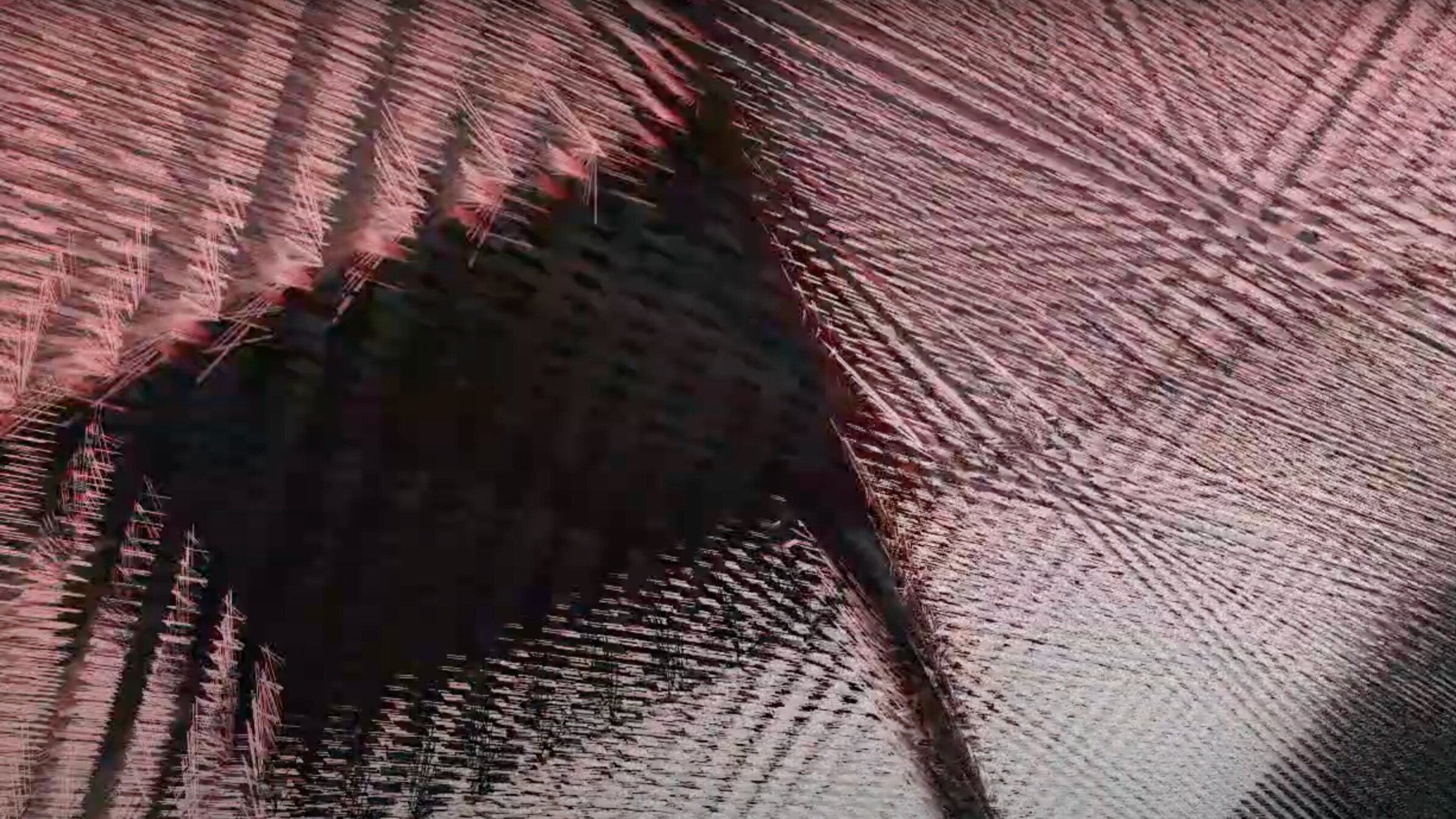SHP of THSEUS
(2020)
Written with the RE/SHFT/ER Ensemble (Nick Hwang, Anna Weisling, Eric Sheffield, Jeff Herriott, & Anthony T. Marasco)
SHP of THSEUS is a piece for networked electroacoustic performers and live visuals. Each performer utilizes one or more software or hardware instruments that connect to a shared web server. Each of these instruments plays a different audiovisual role: some are effects processors, some are synthesizers, and others generate images. During the performance, ensemble members change the parameters of each other’s instruments by generating streams of control data over the established network. One version of the piece provides audience members with the ability to influence the sonic and visual properties of the performer’s instruments by interacting with a web browser interface.
When composing SHP, we drew parallels between the piece’s approach to collaborative performance and the Greek myth that shares its name. The story of Thesus presents a question of how we forge and maintain our identities; throughout his journey, Thesus gradually replaced every portion of his sailing ship until the vessel no longer contained any of its original parts, proposing the idea that his current ship may no longer be the same ship he once owned even if the name never changed. Our piece emulates this psychological enigma in a few ways. While the overall form of the piece is permanently set, performance material and control data are improvised and spurred on by a score comprised of drawings shuffled and randomly distributed to each performer. While each of our instruments remains the same from one performance to the next, we relinquish control of certain features to one another, and our individual identities as artists are shaped and remodeled on the fly by the influence of our partners and audience.
Originally designed to be performed telematically online, SHP of THESUS has also been performed in a hybrid format, with some ensemble members sharing space in the same physical location while others broadcast their control data and stream their audiovisual contributions over the internet.
Performance Examples
Live performance from 2021.
Performance at the 2021 Web Audio Conference with remote audience member participation.
Score and Collaborative Software
The piece’s score is built out of 10 images drawn by ensemble members. Each performer runs a networked Max patch that presents them a new image from the collection when a cue is received from a “conductor” patch, guiding us through the piece. Images are labeled with either a “Control” or “Sound” tag, indicating that the graphics shown are either to be used for generating improvised musical material on our instruments or control data that will modify our partners’ instruments in real-time. The set of images for each person is reshuffled with each performance, but the first two images presented to each performer are repeated at the end of the piece to create a mirrored form.
Networked collaboration and influence on each other’s instruments is made possible by Collab-Hub, a framework for building interactive and connected tools for multimedia art co-developed by Nick Hwang, Eric Sheffield, and myself.
Live Visuals
The visual material in SHP of THSEUS is created in real-time by ensemble member Anna Weisling. In Anna’s own words:
The visual elements of the performance were conceived to reflect both the real-time connection between collaborators over the course of the piece, as well as explore the work’s themes of translation and identity. Using the 2-dimensional graphic scores, I produced a set of 3-dimensional objects, which I manipulate in real-time and send to Jitter with a live camera feed. In jitter, I translate this video into 3D meshes for manipulation--By shifting between these different modalities--2D images to 3D objects to 2D video input to 3D geometries, I’m able to improvise content that reinforces that connective threads of the musical material while simultaneously responding and contributing to the collaboration visually.
- Anna Weisling, cited from their website.
The following images showcase the physical models built by Anna, along with some images of the results of the digital processing applied to them in performance (Images borrowed from Anna’s write-up available online here):









